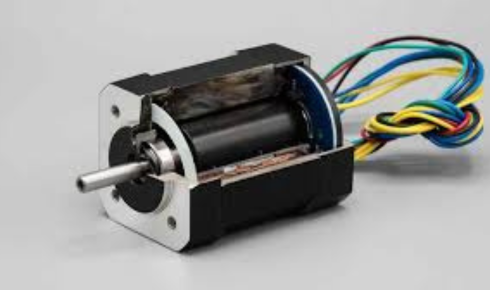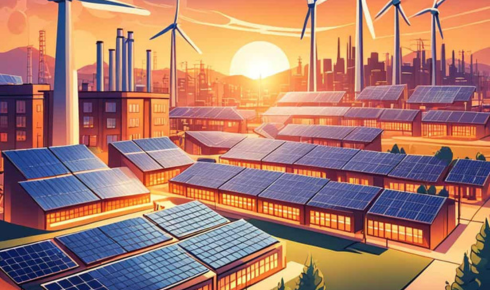
electronics components
In today’s world of automation and innovation, the foundation of every electronic device lies in its core components. Whether it’s a household appliance or an industrial machine, electronics components play a critical role in enabling functionality, efficiency, and smart control. From resistors and capacitors to integrated circuits and semiconductors, these components are the building blocks of modern technology. Among the numerous applications of these components, one of the most transformative has been in the development of BLDC (Brushless DC) motors.
What Are Electronics Components?
Electronics components are discrete devices or physical entities in an electronic system used to affect electrons or their associated fields. These components can be classified as passive (such as resistors, capacitors, and inductors) and active (such as diodes, transistors, and integrated circuits).
Passive components do not require energy to operate other than the electrical signals they process. Active components, on the other hand, rely on a power source and can amplify or control electric signals. In a modern circuit, both passive and active components are integrated to perform specific tasks, from signal processing to power conversion.
Key categories include:
- Resistors: Control the flow of electric current.
- Capacitors: Store and release electrical energy.
- Inductors: Store energy in a magnetic field when current flows through them.
- Diodes: Allow current to flow in only one direction.
- Transistors: Act as switches or amplifiers.
- Microcontrollers and ICs: Process information and control functions in complex systems.
These components are vital in devices such as computers, mobile phones, automotive systems, and industrial equipment. Their miniaturization and enhancement have allowed engineers to create more compact and powerful devices over time.
The Role of BLDC Motors in Electronics
BLDC motors represent a significant evolution in motor technology. Unlike traditional brushed motors, bldc motors use electronic commutation instead of brushes and a mechanical commutator. This results in a more efficient, reliable, and maintenance-free design.
BLDC motors consist of a rotor (usually a permanent magnet) and a stator (comprising windings). The motor’s rotation is controlled electronically through a controller that switches the current in the stator windings based on feedback from the rotor’s position. This precise control makes BLDC motors ideal for applications that require variable speed, high torque, and energy efficiency.
Benefits of BLDC Motors:
- High Efficiency: BLDC motors offer better performance with less energy loss compared to brushed motors.
- Longer Lifespan: The absence of brushes means less wear and tear, resulting in lower maintenance.
- Quiet Operation: These motors produce less noise, making them suitable for consumer electronics and medical devices.
- Compact Size: BLDC motors can be smaller and lighter while delivering high power output.
Applications of Electronics Components and BLDC Motors
The synergy between electronic components and BLDC motors powers a wide array of technologies:
- Electric Vehicles (EVs): BLDC motors are used for propulsion due to their high efficiency and durability. Electronic components ensure optimal power management and control.
- Home Appliances: From washing machines to air conditioners, BLDC motors provide smooth and quiet operation. Sensors and microcontrollers regulate speed and power.
- Industrial Automation: Robotics and CNC machines rely on precise motor control and real-time processing made possible by integrated circuits and sensors.
- Aerospace and Drones: Lightweight BLDC motors coupled with high-performance electronics provide the agility and control needed in flight systems.
The Future of Electronics and Motor Technology
As technology continues to advance, the demand for compact, energy-efficient, and intelligent systems will grow. Innovations in semiconductor materials, power electronics, and control algorithms are paving the way for smarter and more sustainable systems. Integration of AI and IoT (Internet of Things) will further enhance the capabilities of both electronic components and motor systems, driving progress across industries.
In conclusion, the fusion of electronics components and BLDC motors represents a cornerstone of modern engineering. Their combined capabilities not only improve functionality but also enable innovation in countless sectors, shaping the technology-driven world we live in today.



